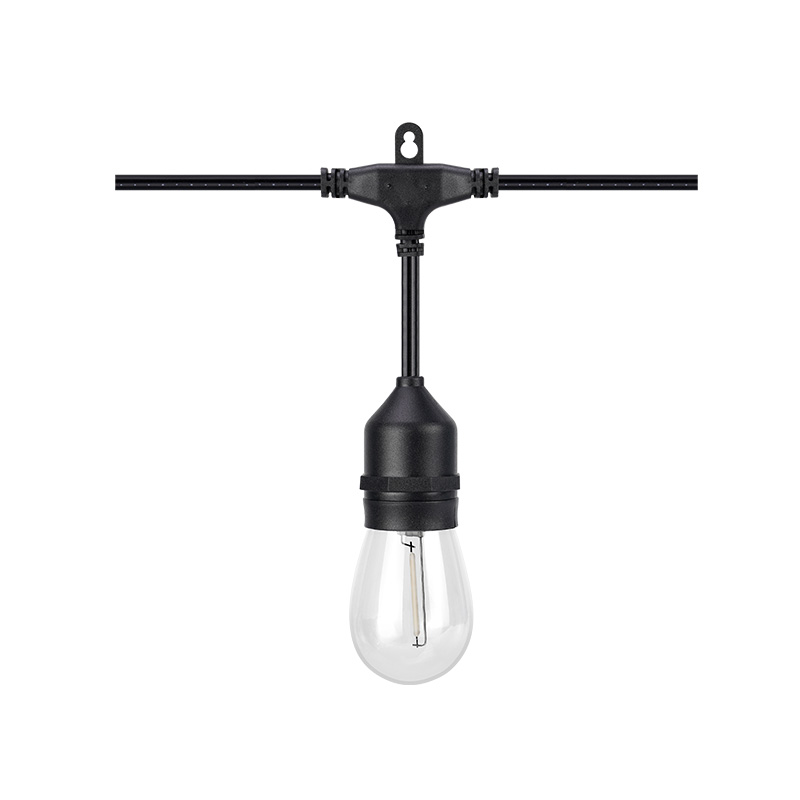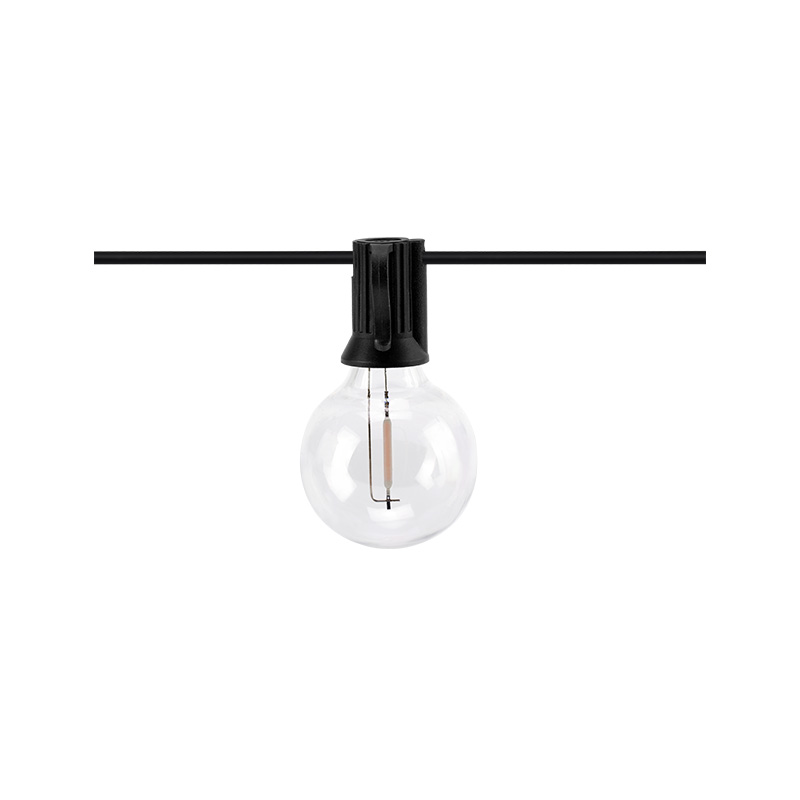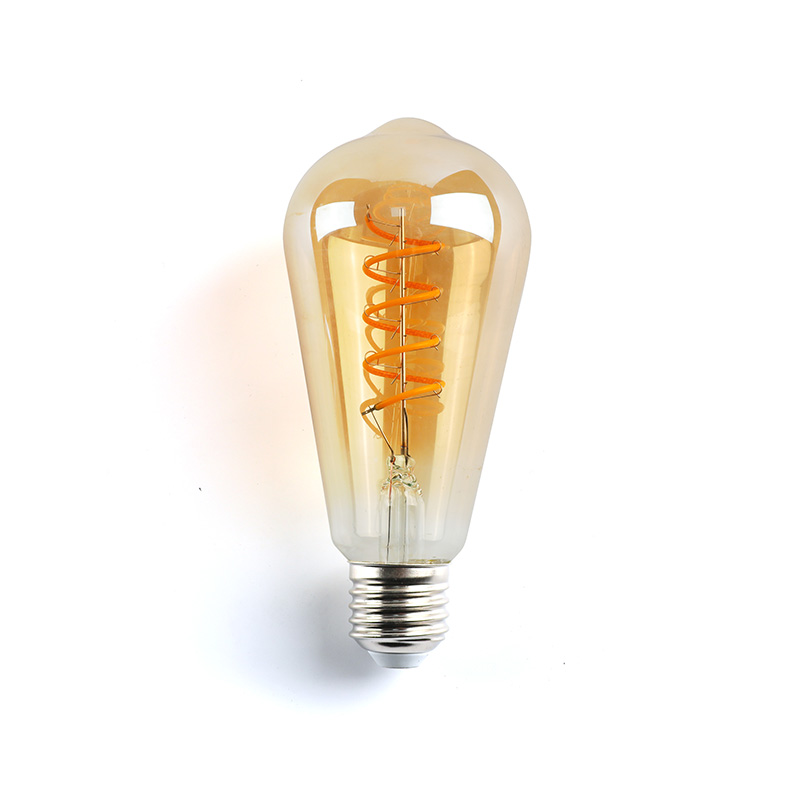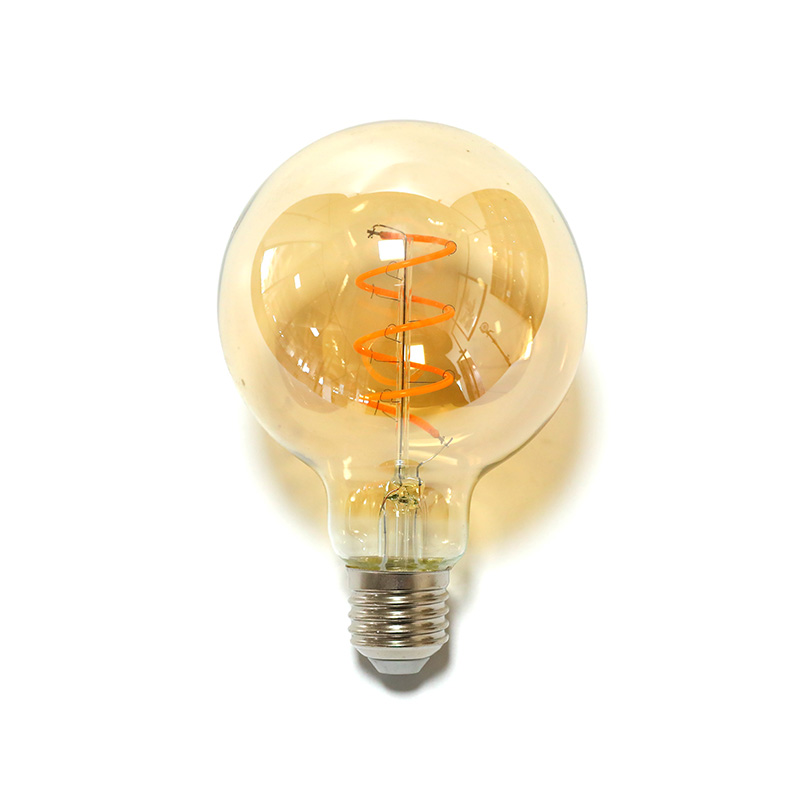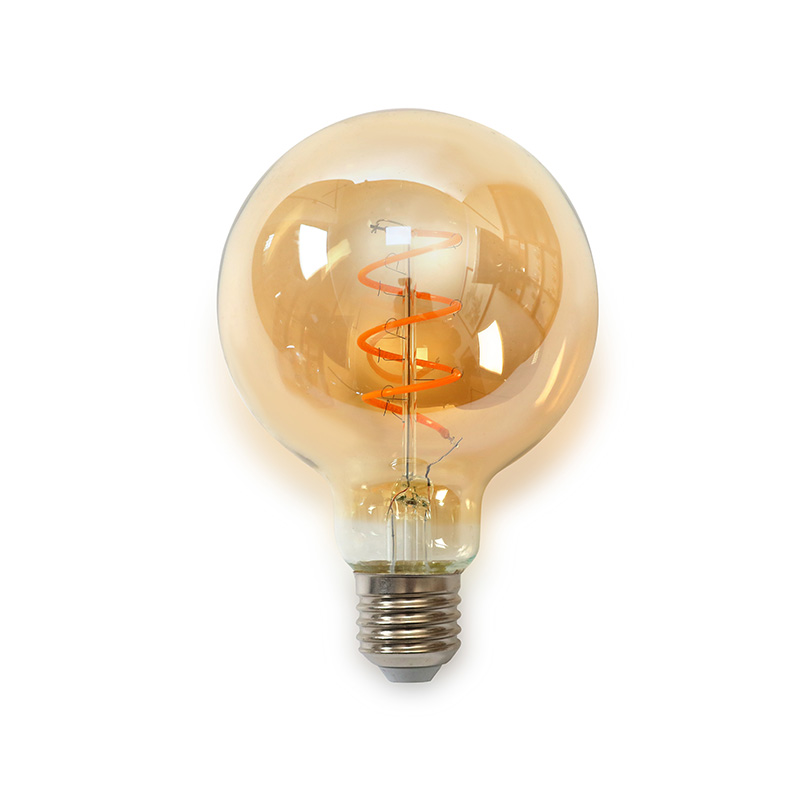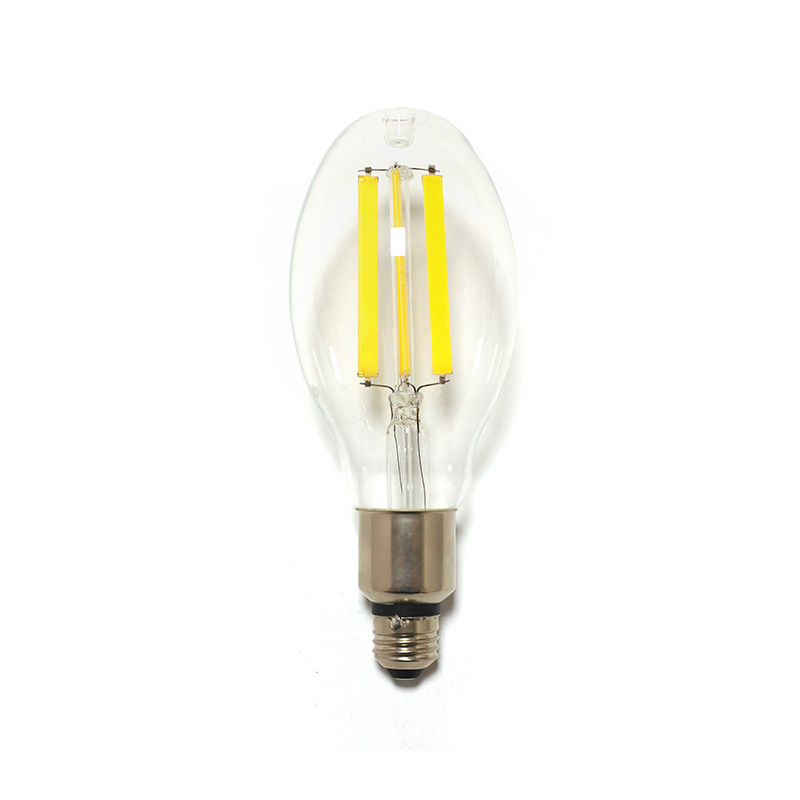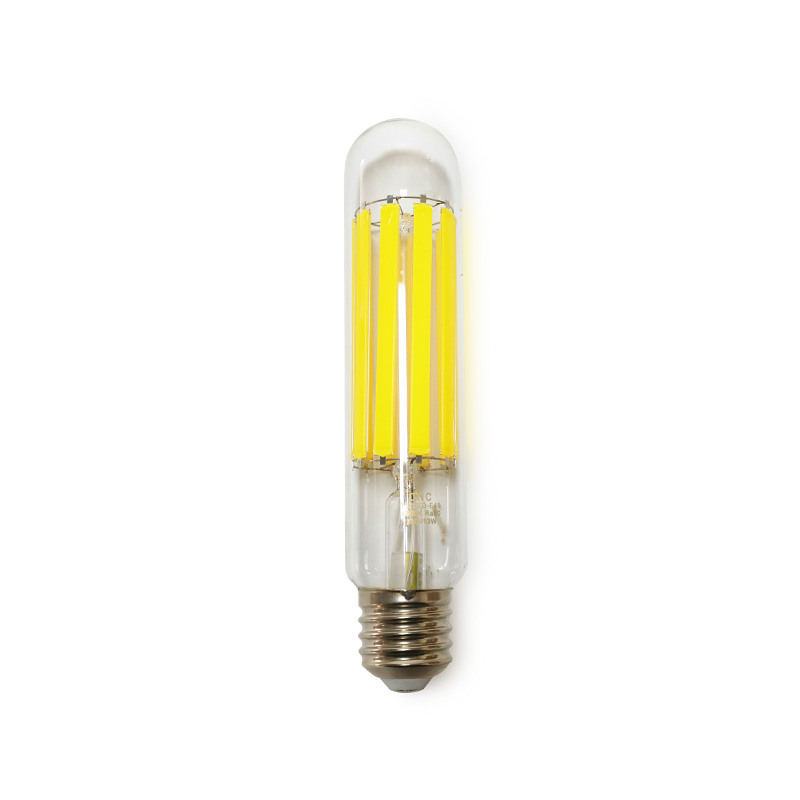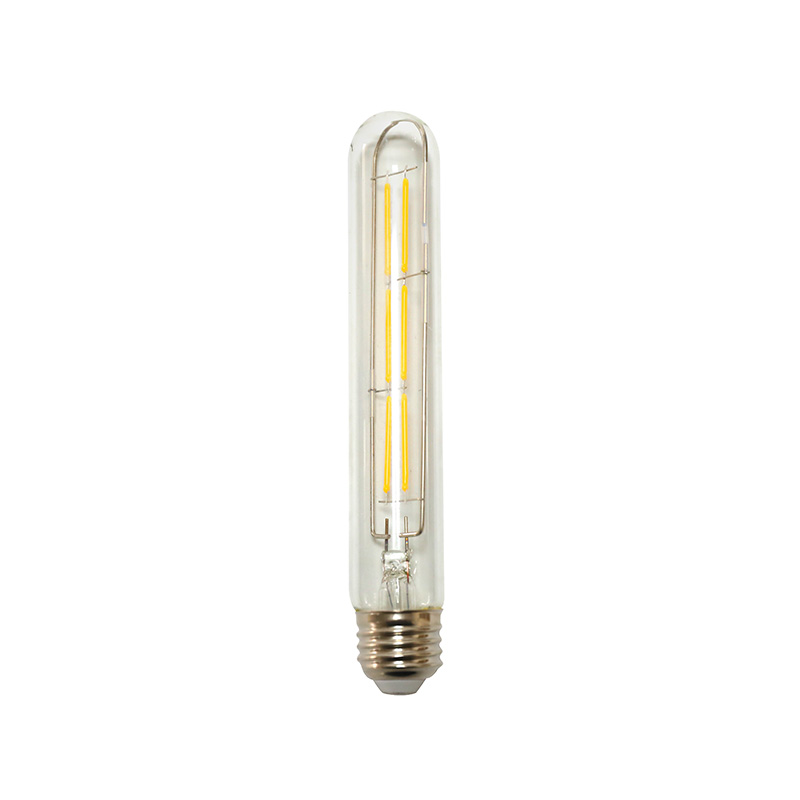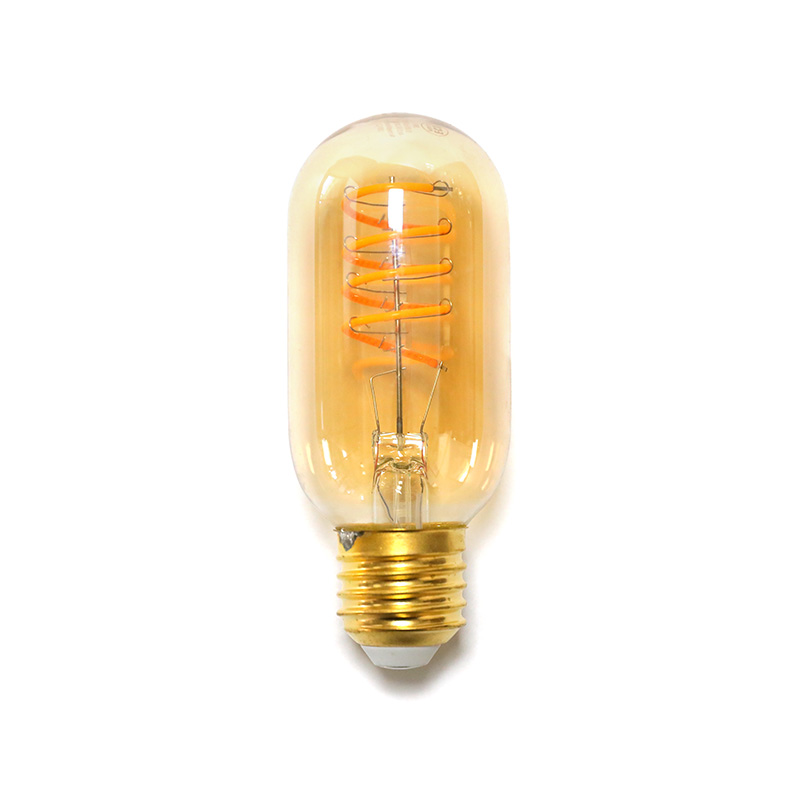Lighting accounts for approximately 15% of global electricity consumption and 5% of worldwide greenhouse gas emissions. The transition to energy-efficient lighting solutions represents one of the easiest and most effective ways to reduce energy bills and carbon footprints. LED technology has revolutionized the lighting industry, offering superior performance, longevity, and efficiency compared to traditional lighting solutions.
This comprehensive guide examines the compelling reasons to switch to LED bulbs, covering technological advantages, cost savings, environmental benefits, and practical considerations for both residential and commercial applications.
Understanding Lighting Technologies
Before examining the benefits of LEDs, it's important to understand how different lighting technologies work:
Incandescent Bulbs
The traditional light bulb invented by Thomas Edison works by heating a tungsten filament until it glows. About 90% of the energy consumed is emitted as heat rather than light, making these extremely inefficient.
Compact Fluorescent Lamps (CFLs)
CFLs pass electricity through a tube containing argon and mercury vapor, producing ultraviolet light that excites a fluorescent coating to emit visible light. More efficient than incandescents but contain mercury and have shorter lifespans than LEDs.
Light Emitting Diodes (LEDs)
LEDs produce light when electrons move through a semiconductor material. This solid-state lighting technology converts electricity directly into photons of light with minimal heat production, offering superior efficiency and longevity.
LED vs Traditional Bulbs: Technical Comparison
The following table provides a detailed comparison of key performance metrics between different lighting technologies:
| Feature | Incandescent | Halogen | Compact Fluorescent (CFL) | LED |
| Lifespan (hours) | 1,000 | 1,000-3,000 | 8,000-10,000 | 25,000-50,000 |
| Watts for 800 lumens | 60W | 42W | 14W | 10W |
| Energy Efficiency | Very Low | Low | Medium | Very High |
| Heat Emission | Very High | High | Medium | Low |
| Turn-on Time | Instant | Instant | 1-30 seconds | Instant |
| Durability | Fragile | Fragile | Fragile | Very Durable |
| Mercury Content | None | None | 3-5 mg | None |
| Cost per bulb | $1-2 | $2-5 | $2-5 | $3-10 |
| Annual Energy Cost* | $8.40 | $5.88 | $1.96 | $1.40 |
*Based on 800 lumens, 3 hours/day usage, $0.14/kWh electricity cost
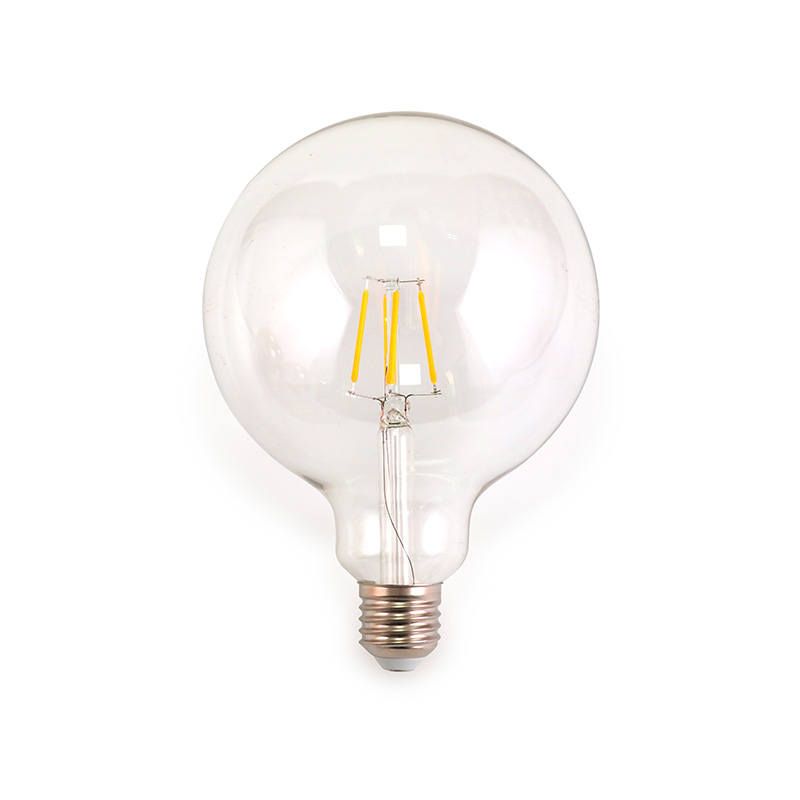
Key Benefits of LED Lighting
Exceptional Energy Efficiency
LED bulbs consume up to 90% less power than incandescent bulbs. A 10W LED bulb produces the same amount of light as a 60W incandescent. This dramatic reduction in energy consumption directly translates to lower electricity bills.
Longer Lifespan
Quality LED bulbs last 25-50 times longer than incandescent bulbs and 3-5 times longer than CFLs. With an average lifespan of 25,000-50,000 hours, an LED bulb used 8 hours daily will last 8-17 years before needing replacement.
Cost Savings Over Time
While the initial purchase price is higher, the combination of energy savings and reduced replacement frequency means LEDs pay for themselves within 1-3 years and continue saving money throughout their lifespan.
Environmental Benefits
LEDs significantly reduce carbon emissions due to lower energy consumption. They contain no mercury or other hazardous materials, making disposal safer and easier. Their long lifespan also reduces manufacturing resources and waste.
Durability and Safety
LEDs are solid-state lights that are resistant to breakage. They emit very little heat compared to incandescent bulbs, reducing fire risk and cooling costs in climate-controlled environments.
Design Flexibility
LED technology enables innovative lighting designs, color-changing capabilities, dimming without flickering, and directional lighting without the need for reflectors. Smart LEDs can be controlled remotely via apps and voice assistants.
Environmental Impact
The environmental benefits of switching to LED lighting extend far beyond energy savings:
Reduced Carbon Footprint
A single LED bulb can reduce CO2 emissions by nearly half a ton over its lifespan compared to incandescent bulbs. If every U.S. household replaced just one bulb, it would prevent greenhouse gases equivalent to the emissions of 800,000 cars.
Decreased Toxic Waste
Unlike CFLs which contain mercury, LEDs contain no hazardous materials. This eliminates the environmental contamination risk when bulbs break or are improperly disposed of in landfills.
Resource Conservation
The exceptional lifespan of LEDs means fewer bulbs need to be manufactured, packaged, and transported. This conserves raw materials and reduces the energy consumed throughout the product lifecycle.
Reduced Light Pollution
LEDs offer superior directional lighting capabilities, reducing wasted light that contributes to sky glow. Properly designed LED fixtures minimize light trespass and glare while maintaining visibility.
Making the Switch: Practical Considerations
When transitioning to LED lighting, consider these factors:
Color Temperature: Measured in Kelvin (K), this determines whether light appears warm (2700K-3000K), neutral (3500K-4100K), or cool (5000K-6500K). For home environments, warm white (similar to incandescent) is usually preferred.
Brightness: Instead of watts, look for lumens which measure actual light output. A 60W incandescent equivalent is about 800 lumens.
Dimmability: Not all LEDs are dimmable, and those that are may require compatible dimmer switches. Check packaging for dimming compatibility information.
Quality Matters: Invest in bulbs from reputable manufacturers. High-quality LEDs maintain brightness and color consistency throughout their lifespan and perform better with dimmers.
Retrofit Options: LED bulbs are available in standard base types (E26, E12, GU10, etc.) to fit existing fixtures. For optimal performance in recessed lighting, consider retrofit kits designed for specific housing types.
Conclusion
The transition to LED lighting represents one of the simplest yet most impactful changes households and businesses can make to reduce energy consumption, lower utility bills, and minimize environmental impact. The technology has matured significantly, with prices decreasing while quality and efficiency continue to improve.
When considering the total cost of ownership—factoring in energy consumption, replacement costs, and environmental impact—LEDs emerge as the clear choice for virtually all lighting applications. While the initial investment is slightly higher, the long-term benefits make switching to LEDs an economically and environmentally sound decision.
As global energy demands continue to rise and climate concerns become increasingly urgent, adopting efficient technologies like LED lighting is no longer just a personal financial decision but a collective responsibility toward sustainable living.

 English
English русский
русский